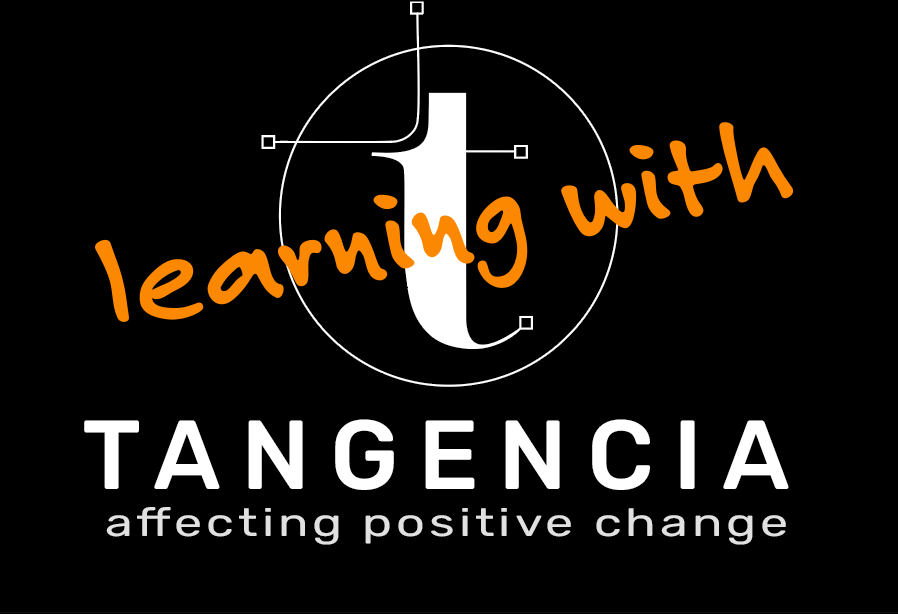The sprint is a five-day process for answering critical business questions through design, prototyping, and testing ideas with customers. Developed at GV, it’s a “greatest hits” of business strategy, innovation, behaviour science, design thinking, and more—packaged into a battle-tested process that any team can use.
Working together in a sprint, you can shortcut the endless-debate cycle and compress months of time into a single week. Instead of waiting to launch a minimal product to understand if an idea is any good, you’ll get clear data from a realistic prototype. The sprint gives you a superpower: You can fast-forward into the future to see your finished product and customer reactions, before making any expensive commitments.
On Monday, you’ll map out the problem and pick an important place to focus. On Tuesday, you’ll sketch competing solutions on paper. On Wednesday, you’ll make difficult decisions and turn your ideas into a testable hypothesis. On Thursday, you’ll hammer out a high-fidelity prototype. And on Friday, you’ll test it with real live humans.
How Tangencia can help
Expert Facilitation: provision of trained facilitators who are experienced in guiding teams through the GV Design Sprint process. Their role will ensure efficient time management, smooth transitions between sprint phases, and conflict resolution.
Tailored Approach: tailoring the sprint to your organisation's specific needs, goals, and challenges. They will work closely with key stakeholders to ensure the focus is aligned with your strategic priorities.
Prototyping and Testing Expertise: application of expertise in rapid prototyping tools and user testing methodologies, ensuring that the prototype is functional enough for meaningful feedback and that the test sessions deliver actionable insights.
Collaboration Tools and Resources: provision of collaborative platforms, tools, and materials needed for virtual or in-person sprints, ensuring your team stays connected and aligned throughout the sprint week.
Post-sprint Roadmap: detailed report summarising the process, results from user testing, and actionable recommendations for next steps, whether it's product development, iteration, or pivoting the concept.



Benefits to Your Organisation
Accelerated Innovation: quickly develop and validate new ideas with tangible user feedback in just five days.
Focused Problem Solving: the sprint helps your team stay focused on the most critical challenges without distractions.
Reduced Risk: by testing ideas early with real users, you reduce the risk of investing in products or services that don’t meet market needs.
Team Alignment: the sprint brings cross-functional teams together, fostering collaboration, creativity, and alignment towards a common goal.
Set the Stage
Before the sprint begins, you’ll need to have the right challenge and the right team. You’ll also need time and space to conduct your sprint.
Checklist for Set the Stage GV Library
The GV research sprint GV Library
Monday
Monday’s structured discussions create a path for the sprint week. In the morning, you’ll start at the end and agree to a long-term goal. Next, you’ll make a map of the challenge. In the afternoon, you’ll ask the experts at your company to share what they know. Finally, you’ll pick a target: an ambitious but manageable piece of the problem that you can solve in one week.
Checklist for Monday GV Library
Tuesday
After a full day of understanding the problem and choosing a target for your sprint, on Tuesday, you get to focus on solutions. The day starts with inspiration: a review of existing ideas to remix and improve. Then, in the afternoon, each person will sketch, following a four-step process that emphasizes critical thinking over artistry. You’ll also begin planning Friday’s customer test by recruiting customers that fit your target profile.
Checklist for Tuesday GV Library
Start recruiting customers for test GV Library
Wednesday
By Wednesday morning, you and your team will have a stack of solutions. That’s great, but it’s also a problem. You can’t prototype and test them all—you need one solid plan. In the morning, you’ll critique each solution, and decide which ones have the best chance of achieving your long-term goal. Then, in the afternoon, you’ll take the winning scenes from your sketches and weave them into a storyboard: a step-by-step plan for your prototype.
Checklist for Wednesday GV Library
Schedule customers and draft interview guide GV Library
Thursday
On Wednesday, you and your team created a storyboard. On Thursday, you’ll adopt a “fake it” philosophy to turn that storyboard into a prototype. A realistic façade is all you need to test with customers, and here’s the best part: by focusing on the customer-facing surface of your product or service, you can finish your prototype in just one day. On Thursday, you’ll also make sure everything is ready for Friday’s test by confirming the schedule, reviewing the prototype, and writing an interview script.
Checklist for Thursday GV Library
Friday
Your sprint began with a big challenge, an excellent team—and not much else. By Friday, you’ve created promising solutions, chosen the best, and built a realistic prototype. That alone would make for an impressively productive week. However, you’ll take it one step further as you interview customers and learn by watching them react to your prototype. This test makes the entire sprint worthwhile: at the end of the day, you’ll know how far you have to go, and you’ll know just what to do next.
Checklist for Friday GV Library
Interview customers and summarize findings GV Library
Tangencia's facilitation of a GV Design Sprint will enable your organisation to innovate faster, validate ideas efficiently, and build solutions that resonate with your target audience. Their expertise in managing the process will ensure a structured, productive, and impactful sprint, resulting in actionable outcomes for your business.
Programme Fees
Standard Fee: £4,500 +VAT
Early Bird Discount: £3,900 +VAT (if registered three months before the start date)
Group Discounts: Available for corporate bookings of six or more participants.
The fee includes all course materials, lunches, and refreshments throughout the programme. Accommodation is not included, but preferential rates at nearby hotels can be arranged.
